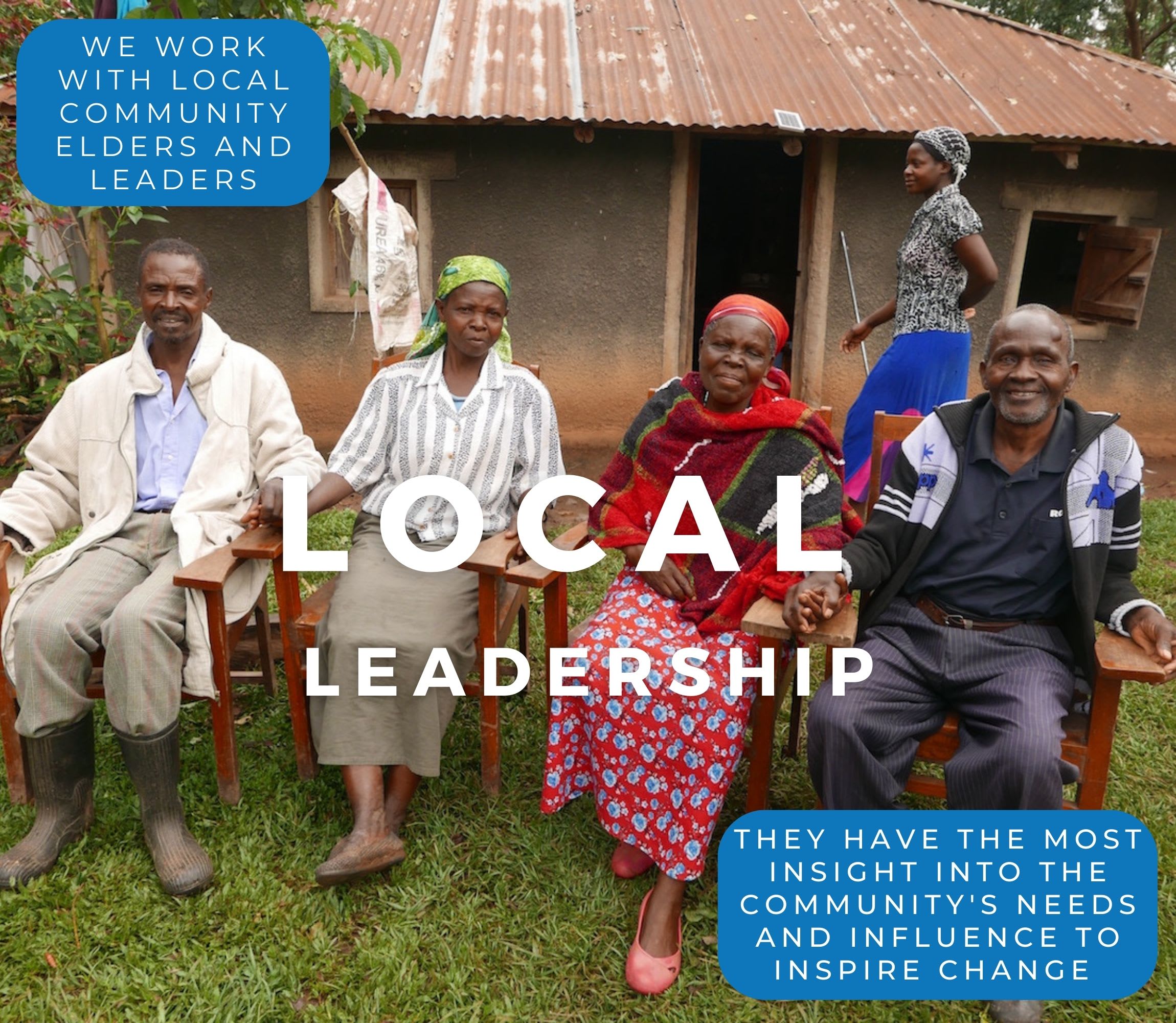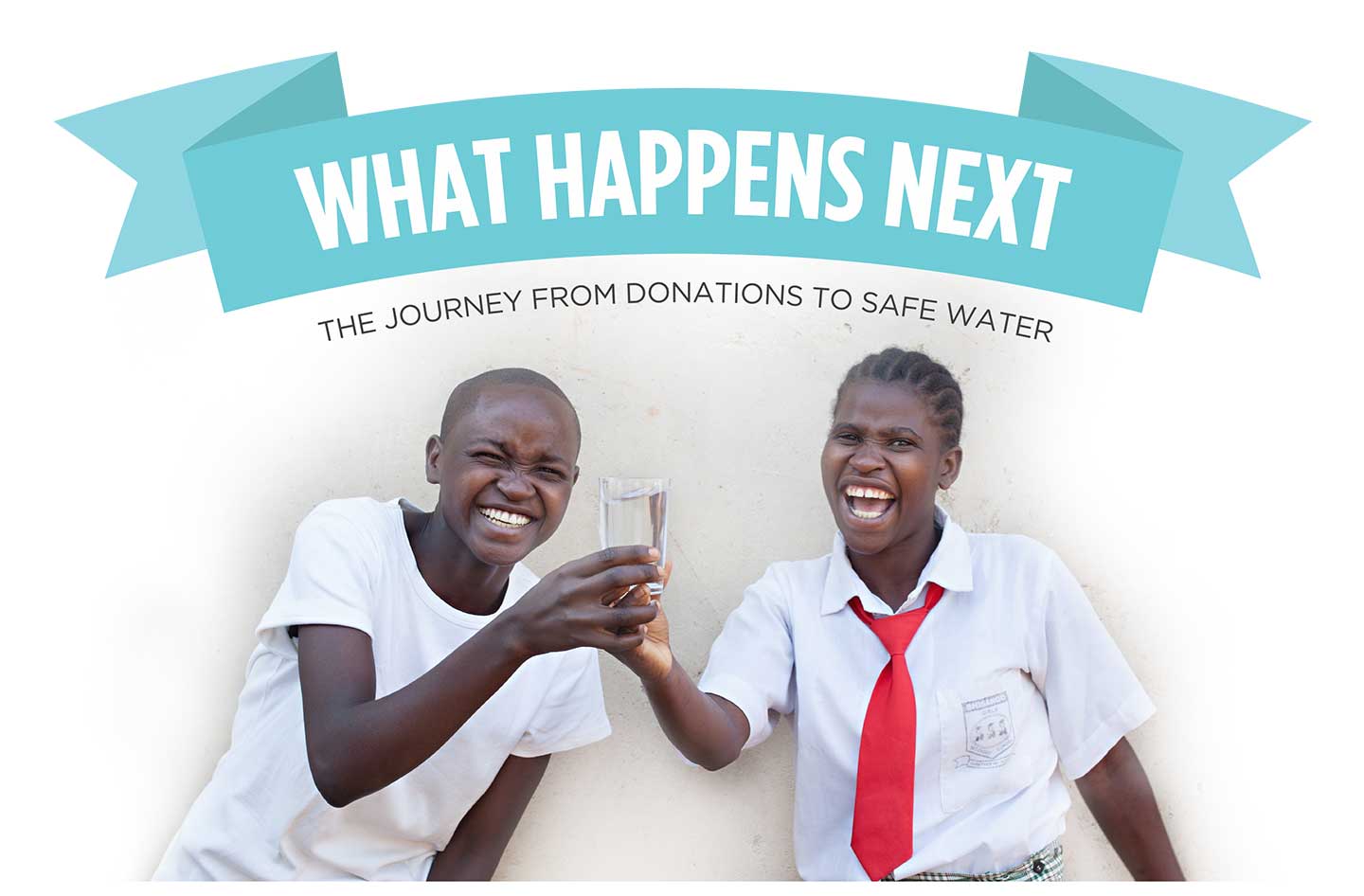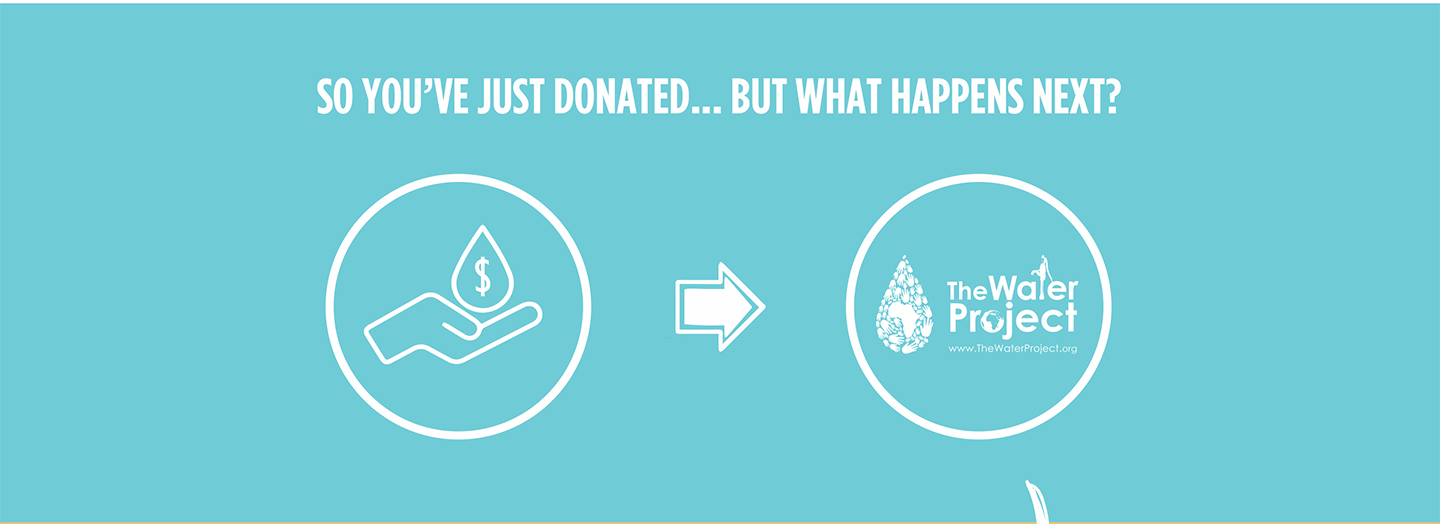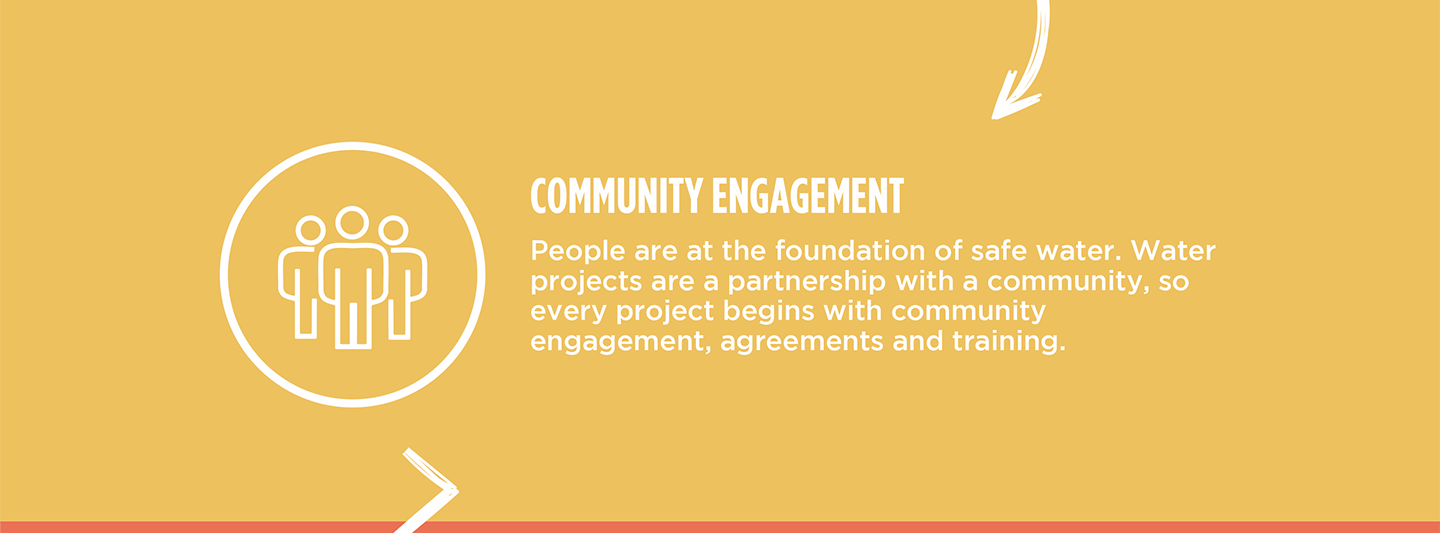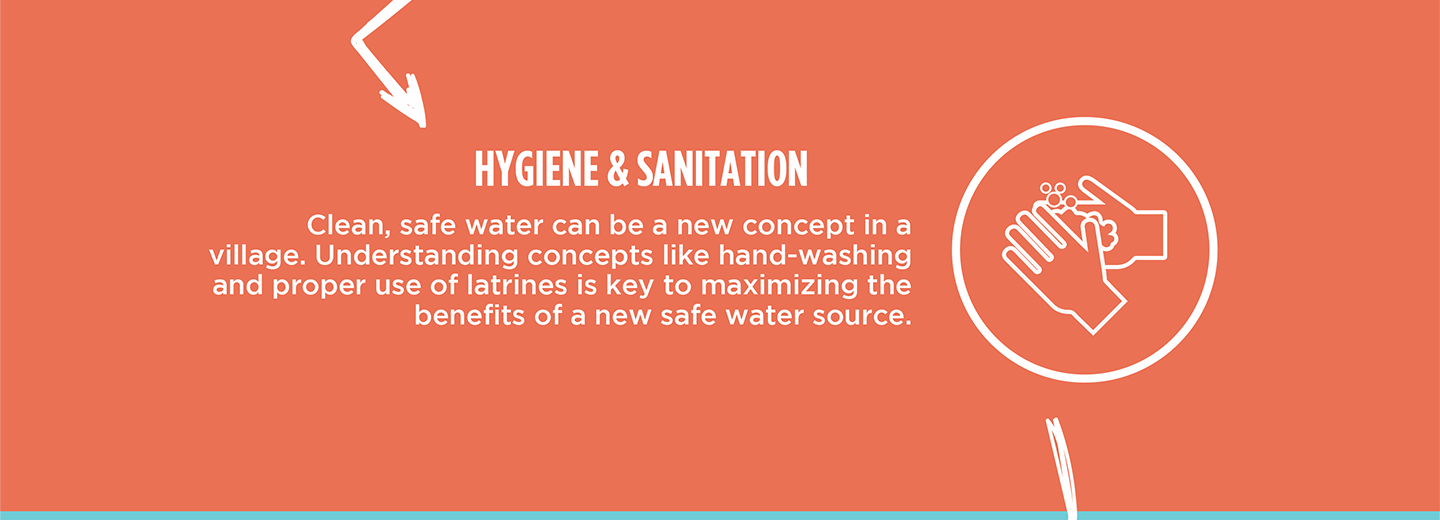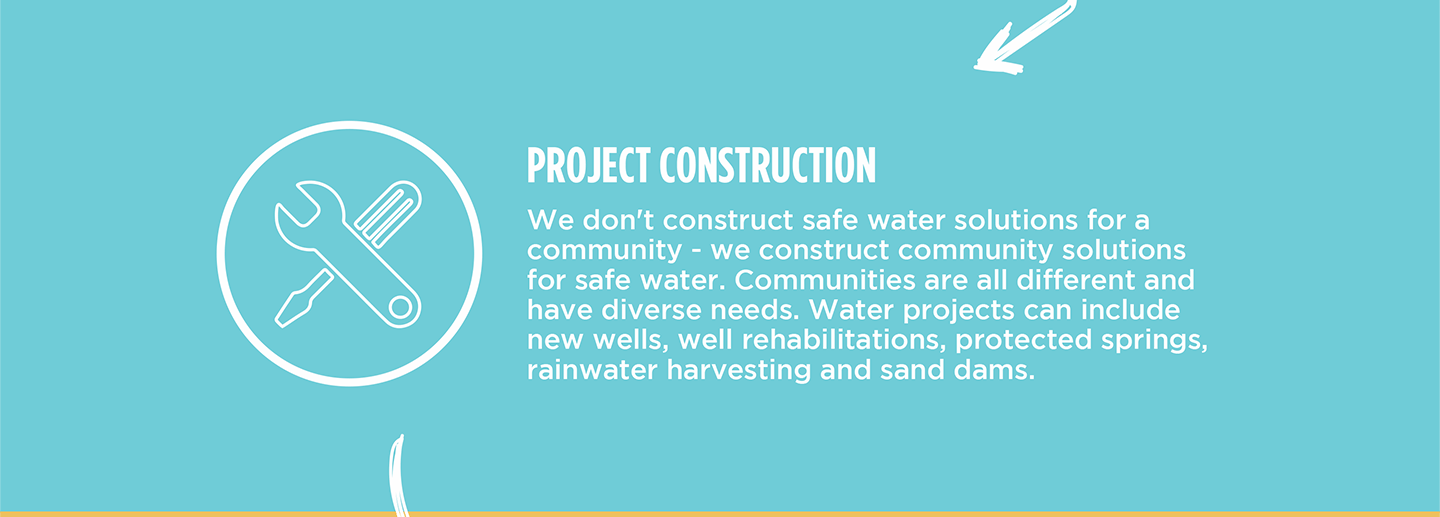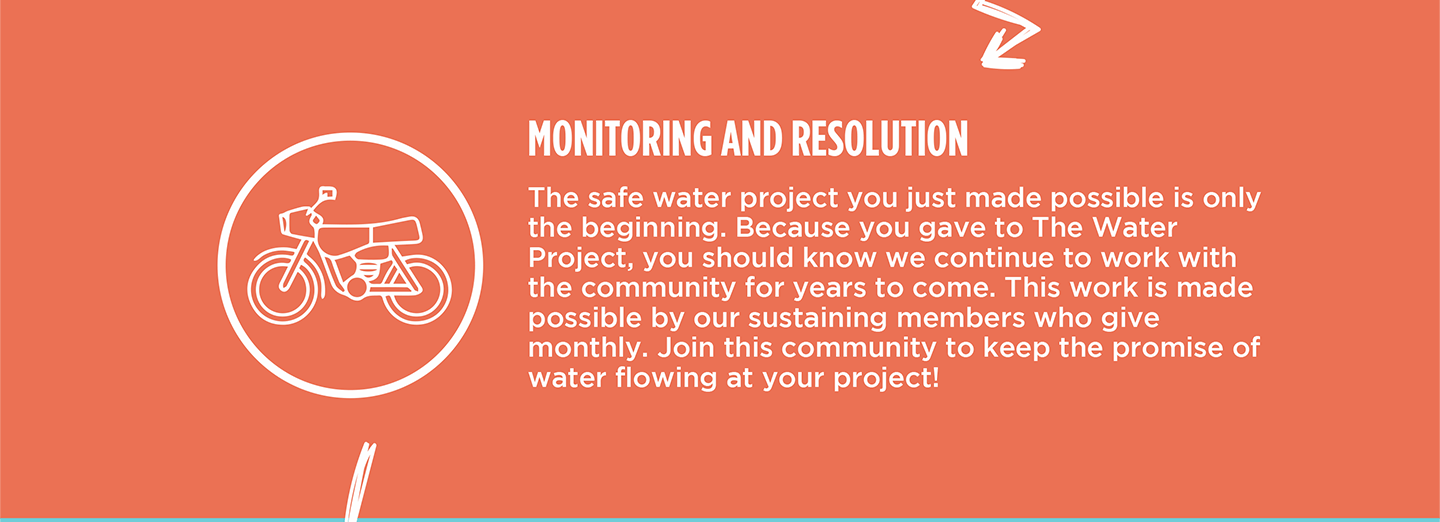Makuto Muyekho Spring is the only spring available year-round in the community of Mungakha for its 300 people. During the dry season, when many springs in the area dry up, the number of people who depend on Makuto Muyekho Spring rises to around 500. The spring is not only crowded but also contaminated.
People must stand in the same water with which they fill their jerrycans. The spring is open and shared with wildlife. There are also several farms around the spring whose fertilizers seep into the water. The water itself is murky, especially when many people step inside and stir up the sediment from the bottom of the spring. Children are the most affected by water-related illnesses in Mungakha, with several cases of typhoid, cholera, bilharzia, and H. Pylori reported amongst the young people.

13-year-old Metrine A.(in the picture above) is well aware of the spring's drawbacks. "Deep inside, I know I am consuming dirty water since I have been educated on the same by my teacher in school, but there is nothing I can do since it's the only source of water I have."
But drinking the water isn't the only reason the people who use the spring have come to harm. The rocks surrounding the spring make fetching difficult since the water often makes them slick.
"Accessing water from this water point has never been easy," said 35-year-old Catherine Siluki (pictured below). "Several [times], I have slid on these stones and fell when carrying my filled-up container from the spring."

Perhaps most telling of all the things we learned while visiting Mungakha was the disillusionment of its people. So many politicians running for office have promised them a source of clean water and none have delivered. We weren't able to convince them that their spring would really, truly be protected—they said they'd believe it when they see it. The only way we can dispel their disillusionment is with your help.
What We Can Do:
Spring Protection
Protecting the spring will help provide access to cleaner and safer water and reduce the time people have to spend to fetch it. Construction will keep surface runoff and other contaminants out of the water. With the community’s high involvement in the process, there should be a good sense of responsibility and ownership for the new clean water source.
Fetching water is a task predominantly carried out by women and young girls. Protecting the spring and offering training and support will, therefore, help empower the female members of the community by freeing up more of their time and energy to engage and invest in income-generating activities and their education.
Training on Health, Hygiene, COVID-19, and More
To hold trainings during the pandemic, we work closely with both community leaders and the local government to approve small groups to attend training. We ask community leaders to invite a select yet representative group of people to attend training who will then act as ambassadors to the rest of the community to share what they learn. We also communicate our expectations of physical distancing and wearing masks for all who choose to attend.
The training will focus on improved hygiene, health, and sanitation habits in this community. We will also have a dedicated session on COVID-19 symptoms, transmission routes, and prevention best practices.
With the community’s input, we will identify key leverage points where they can alter their practices at the personal, household, and community levels to affect change. This training will help to ensure participants have the knowledge they need about healthy practices and their importance to make the most of their water point as soon as water is flowing.
Our team of facilitators will use a variety of methods to train community members. Some of these methods include participatory hygiene and sanitation transformation, asset-based community development, group discussions, handouts, and demonstrations at the spring.
One of the most important issues we plan to cover is the handling, storage, and treatment of water. Having a clean water source will be extremely helpful, but it is useless if water gets contaminated by the time it is consumed. We and the community strongly believe that all of these components will work together to improve living standards here, which will help to unlock the potential for these community members to live better, healthier lives.
We will then conduct a small series of follow-up trainings before transitioning to our regularly scheduled support visits throughout the year.
Training will result in the formation of a water user committee, elected by their peers, that will oversee the operations and maintenance of the spring. The committee will enforce proper behavior around the spring and delegate tasks that will help preserve the site, such as building a fence and digging proper drainage channels. The fence will keep out destructive animals and unwanted waste, and the drainage will keep the area’s mosquito population at a minimum.
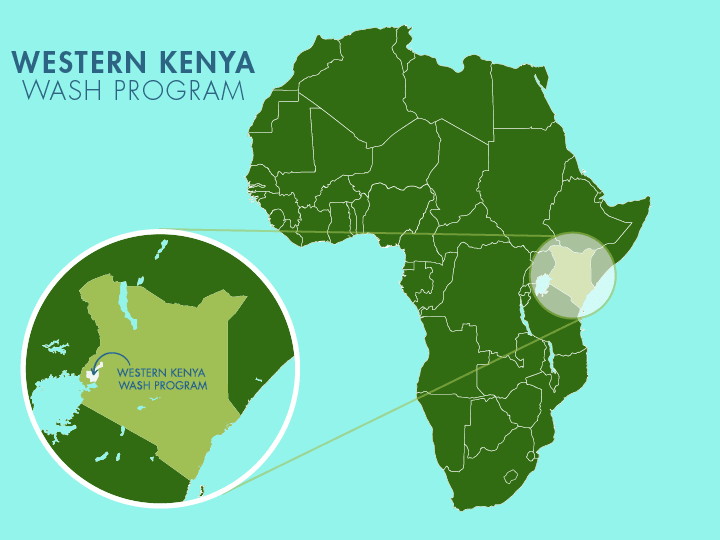
 Protected Spring
Protected Spring
 Rehabilitation Project
Rehabilitation Project

